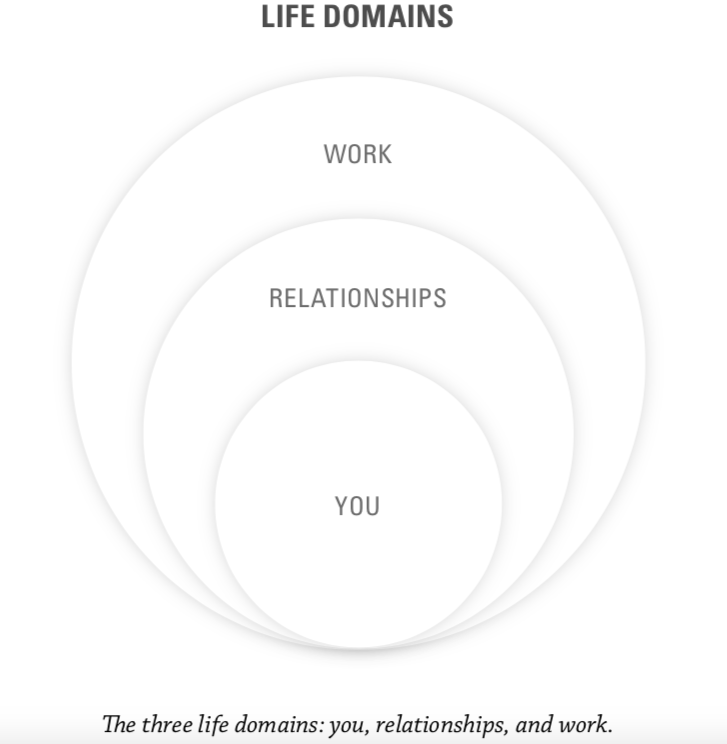The Renaissance, roughly spanning the 14th to 17th centuries, marked a time of cultural, intellectual and scientific advances. From European discoveries of continents and shipping routes to new views of mathematics and astronomy to the advent of the printing press, the period of "rebirth" following the Middle Ages was marked by changing ideas, enduring masterpieces of architecture, art and literature (it was the time of Shakespeare, Galileo, da Vinci and Machiavelli)—and a movement toward political and religious freedoms.
The shift toward political and religious freedom in turn, helped spawn the Reformation movement, which caused a divide within the powerful Catholic Church, leading many Europeans to turn to then-new Protestant faith.
An Era of New Ideas
Stefania Tutino, a history professor at UCLA and intellectual and cultural historian of post-Reformation Catholicism, says the Reformation and Renaissance were two parallel but intertwined movements.
“The former concerned the theological nature and ecclesiological structure of the true Church of Christ,” she says. “The latter concerned the renewal of some key cultural, intellectual and artistic principles in light of the fact that what used to make sense in the Middle Ages was now no longer appropriate or useful or inspiring for a society that had seen many fundamental changes.”
According to Tutino, scientific advancements, including 15th- and 16th-century alternatives to the traditional Aristotelian physics and cosmology, and technological innovations such as the printing press, were important factors of novelty.
“Both Renaissance and Reformation were born out of the realization that the 'old' Medieval order was no longer sustainable, and scientific discoveries and technological innovations were some of the elements that made it clear just how inadequate the old structures were,” she says.
The Humanism Movement
The Renaissance included an intellectual movement known as Humanism. Among its many principles, humanism promoted the idea that humans are at the center of their own universe and should embrace human achievements in education, classical arts, literature and science. As part of this philosophy, scholars, authors, political leaders and others sought to revive the study of Greek and Latin classics.
“Many humanists began applying these principles to the study of the Bible and consequently to the political, cultural, liturgical and theological principles according to which the hierarchy of the Catholic Church governed its flock,” Tutino says. “In the process, a few humanists found much to criticize, and some of their criticisms echoed those of (Martin) Luther and other early Protestant leaders.”
However, she adds, while the aims and goals of the Humanist and Reformation movements were fundamentally different, “there were also areas in which the two of them met.”
According to Ada Palmer, associate professor of early modern European history at the University of Chicago, the Humanism movement broadened the palette of ideas people were thinking about.
“The movement began as an interest in reading the texts of ancient Greece and Rome because Europe—especially Italy— had become so war-torn, desperate and unstable that people really wanted a solution,” she says.
Because ancient Rome was powerful and stable with long periods of strength and unity, Palmer adds, it was believed that reading ancient books from that period might teach people how to replicate Rome's success.
“So they started seeking ancient texts and translating, reading and copying them, until having antiques became something that signaled political power and political ambition,” she says. “Soon everyone who's anyone had to have a classical library as a way of showcasing power.”
But while the goal of increasing stability failed, according to Palmer, one of the unintended effects of the movement was a new demand for books, which led Gutenberg to invent the printing press.
“It also meant there were a whole lot more ideas about big questions like how the world works, how the world was made, what good and bad actions are, how religion works, etc,” she says. “And it also meant they studied Greek more and realized that their old translations of the Bible and other texts had been wrong in a lot of places, and they started making new translations and corrections.”
Martin Luther and Protestantism
Palmer says the Reformation was a climax of long, slow processes which had started before the Renaissance, including the corruption of the Catholic Church. In her forthcoming book on the Renaissance, she describes a “prisoner’s dilemma.” “Bribing the pope or bishop was a huge advantage in politics,” she says. “Anyone who did so would win in a conflict, so no one could afford to not bribe the pope because if anyone else bribed the pope you were doomed.”
Disillusioned by the bribery and other corruptions of the church, including indulgences, which allowed citizens to buy absolution from sins, the German monk Martin Luther wrote the 95 Theses in 1517, allegedly nailing them to the chapel door at the University of Wittenberg in Saxony.
“The gradual accumulation of corruption eventually meant that indulgences were the last straw that broke the camel's back,” Palmer says.
The Power of the Printing Press
The printing press allowed the theses to be widely and quickly distributed throughout Europe, and although he was labeled a heretic by the church and excommunicated by Pope Leo X in 1521, Luther’s words connected with many.
“Luther hit the right moment to be the first pamphlet star preacher, like being one of the first star bloggers, or star YouTubers, and he hit the right political situation for the governments of the region he was in to see him as a great excuse to do something they wanted to do anyway: get out of the giant papal prisoner's dilemma,” Palmer explains.
In this way, Palmer says, the intellectual movements of the Renaissance led to Reformation—by stimulating the demand for books and encouraging people to read more and to think about how to reform the present. This included re-reading the Bible, as Luther did.
Luther, who went on to found the Lutheran Church, translated the New Testament into German. His translation played a part in initiating the split in the Catholic Church into those loyal to the pope and Protestants and those who protested the rules of the Catholic Church.
At roughly the same time, in 1534, King Henry VIII caused further division within the Catholic Church when he made himself head of the Church of England after Pope Clement VII would not allow him to divorce Catherine of Aragon.





